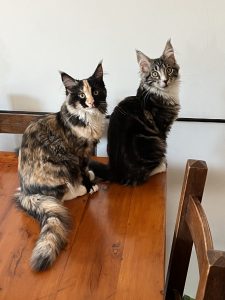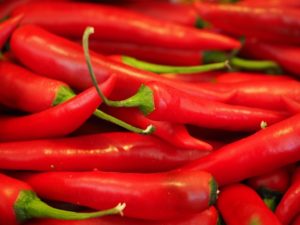That’s the title of an interesting Science Daily article that I came across this morning (and that blog reader Ana also told me about in a comment I read soon afterward, thank you!). Here’s the link: https://www.sciencedaily.com/releases/2022/03/220301131117.htm?utm_source=feedburner&utm_medium=email
In a nutshell, a group of researchers at the Charité – Universitätsmedizin Berlin discovered that the culprit to the HUGE problem of drug resistance (non-genetic drug resistance, in particular) in myeloma is the increased production of a protein, the CDK6 protein, which not only activates cell proliferation but also, interestingly, binds with one of myeloma’s best buddies, Cyclin D1 (about which I’ve written quite a lot…do a Search of the blog if you are interested in the topic).
Okay, so we now have a culprit: CDK6.
Guess what? Well, by now this should not come as a surprise: curcumin inhibits CDK6, just as it inhibits Cyclin D1.
Bazinga!
Will the curcumin-CDK6 connection ever be studied in the conventional myeloma world? I doubt it, oh very much so, for what I believe are obvious reasons. No, what will happen is that a conventional drug, probably with lots of side effects, will be studied, tested, and put on the market.
It’s frustrating…so many missed opportunities to help us myeloma folks (as well as other folks with different types of cancer). So many missed opportunities…
To be honest, I think that’s probably the main reason I got such a serious case of burnout and stopped doing research…I knew it wouldn’t go anywhere, really, and that, no matter what I uncovered and wrote about, nothing would move in the conventional myeloma world. The only thing that has moved, which is a huge deal, of course!, is that many of us now take curcumin and other natural extracts that I’ve researched and posted about. And even though my blog is almost at a standstill now, I still get lovely messages on a daily basis from blog readers. It means a lot to me…thank you, thank you, thank you!!!

Anyway, changing topic before I get too carried away, I wonder what other natural extracts inhibit this blasted protein. Hmmm…
If I can tear myself away from our amazingly adorable 4.5-month-old kittens, I will definitely have a look. 🙂
Take care, everyone! Ciao!
P.S. Here’s the link to the article itself (I haven’t read it yet…zzzzzzz!): https://www.nature.com/articles/s41467-022-28515-1
 Here’s the link to the CNN article about this study:
Here’s the link to the CNN article about this study: